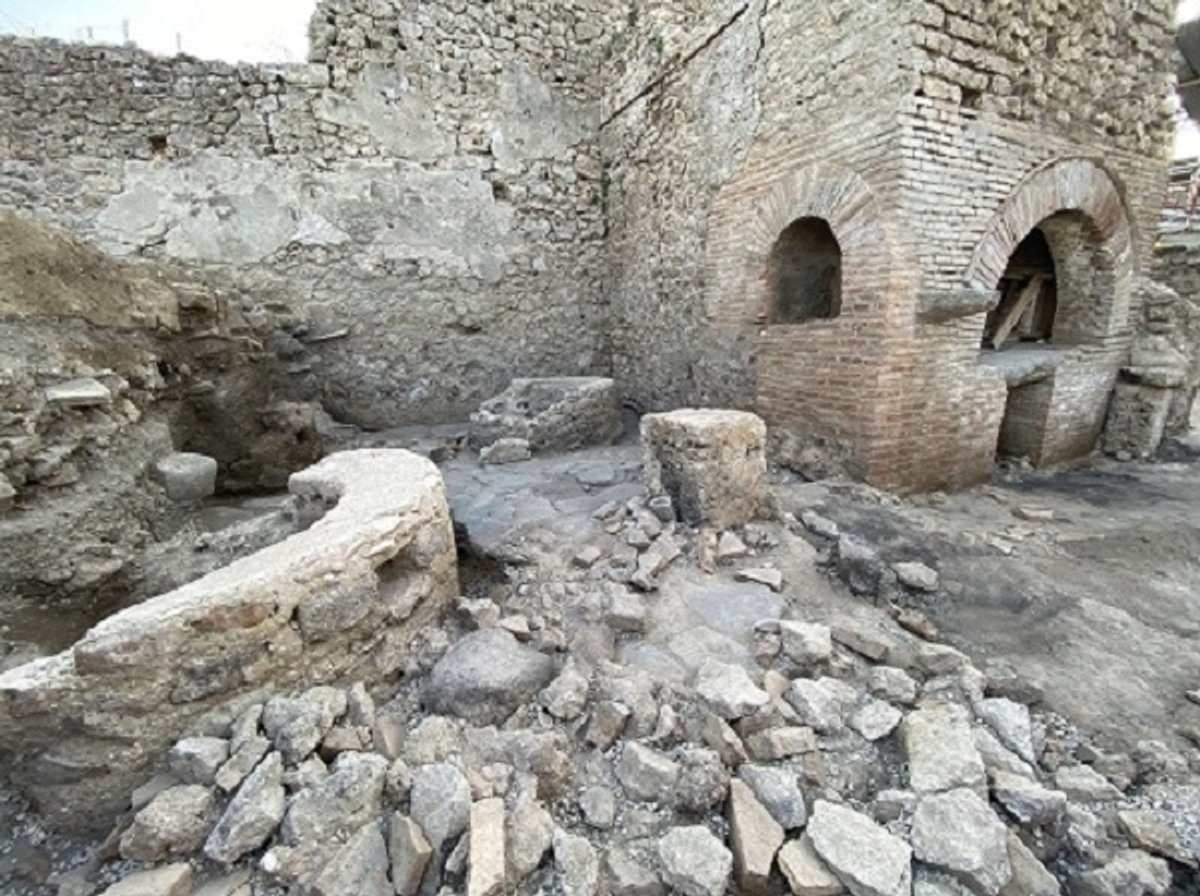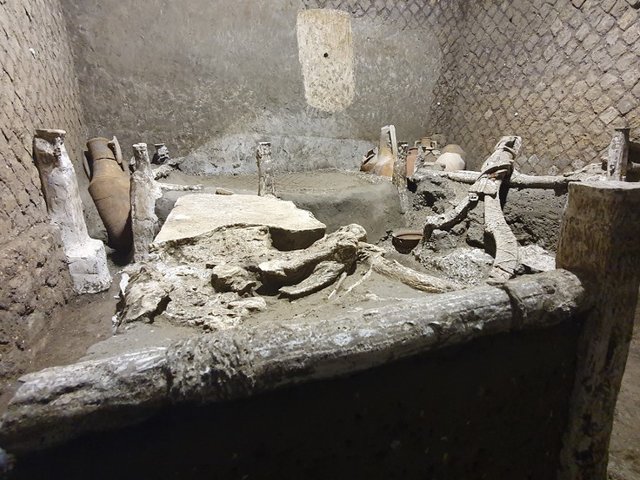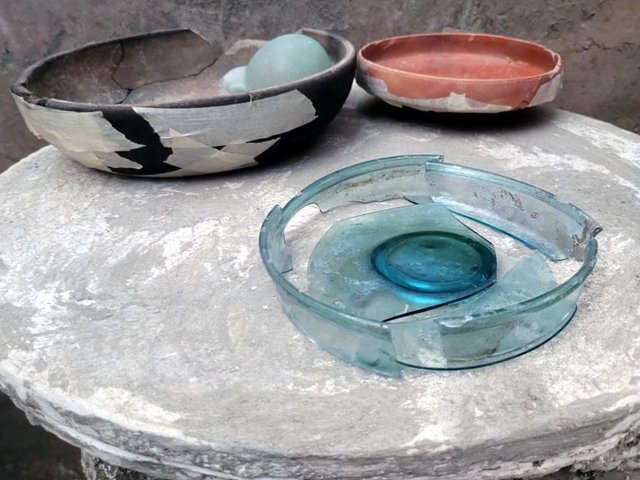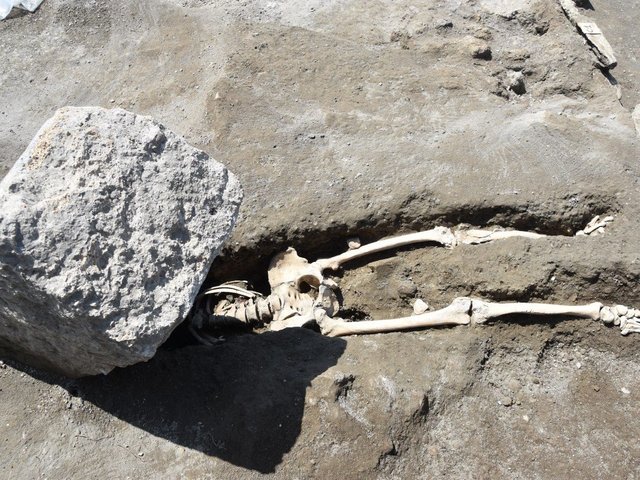Newly excavated sites in the Regio IX area of the Pompeii archaeological park opened to the public earlier this week, revealing new finds, including a bakery where enslaved people were imprisoned.
The 3,200 sq. m Regio IX site is one of nine neighbourhoods that make up the ancient city site, taking up an “entire block” of the doomed metropolis, says a statement from Pompeii officials. Pompeii was engulfed by volcanic ash in 79AD spewing from Mount Vesuvius.
An online statement says that the “bakery-prison” held enslaved workers and donkeys who had to grind the grain needed to make bread, adding that there are “indentations in the [bakery] floor to coordinate the movement of the animals, forced to walk around for hours, blindfolded”.
“A series of semi-circular indentations can be seen in the volcanic basalt paving slabs around the millstones. Given the robust durability of the material, it is likely that what at first glance might appear to be footprints are actually deliberate carvings made to prevent animals from slipping on the pavement and simultaneously tracing a path, thus forming a circular furrow,” the statement adds. Three victims of the volcanic eruption were also found in one of the bakery’s rooms, which are part of a larger home.
“It is a space in which we have to imagine the presence of people of servile status whose freedom of movement the owner felt the need to restrict,” said Gabriel Zuchtriegel, the director of Pompeii archaeological park, in an online journal. “It is the most shocking side of ancient slavery, where [people] were reduced to brute violence, an impression that is entirely confirmed by the securing of the few windows with iron bars.”
Excavations in Regio IX, along Via di Nola, began in 1888 but soon stopped, only partially resuming a century later. Other new finds in the neighbourhood include a laundry room installed in the lobby of an apartment, with work counters and tubs for washing and dyeing clothes.
“This [Regio IX] project is part of a wider approach, which has been developed in recent years, during the Great Pompeii Project, which aims to rectify conservation problems in excavations [at the site], for example [investigating] the boundary between the excavated section and the unexplored ancient city. The latter amounts to around 22 acres of blocks and houses that are still buried underneath lapilli and ash, amounting to almost a third of the ancient settlement,” the Pompeii statement says.
New excavations in Regio IX began early last year when the skeletons of two men thought to be in their mid 50s were discovered in a cluster of homes known as Insula dei Casti Amanti. A fresco painting showing a lavish meal with a pizza-like bread at its centre was also unearthed in Regio IX last year.
Every week day (Monday-Friday), pre-booked groups of 15 people can enter the Regio IX area, accompanied by site staff who will illustrate the “new main findings, emerging environments and the excavation methodology”, officials say.





